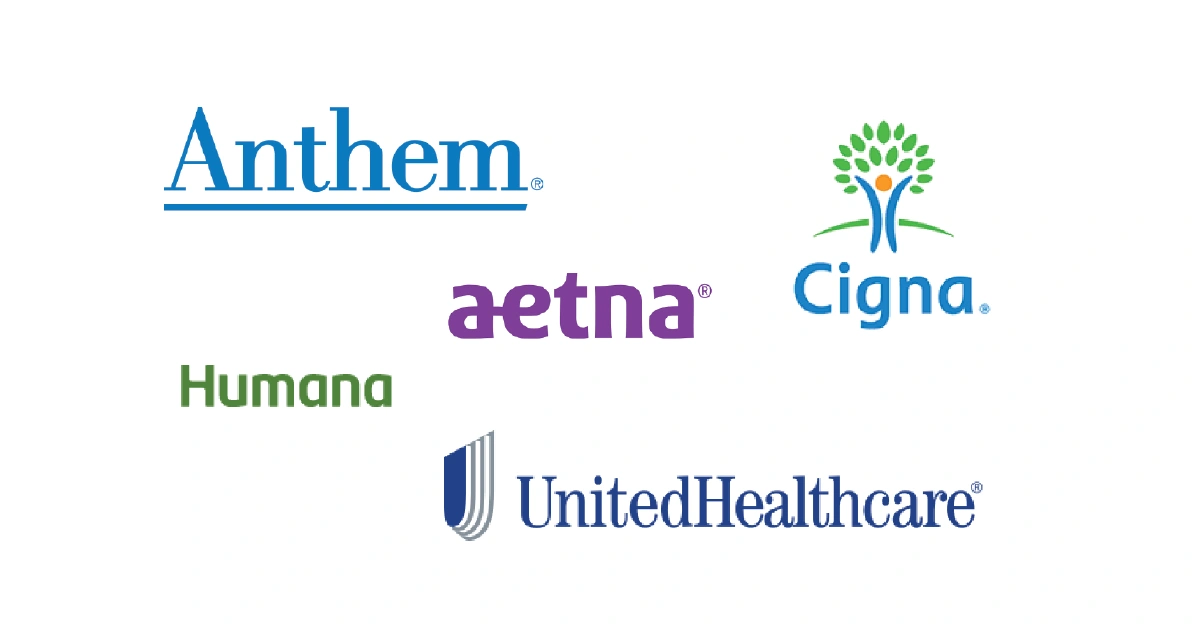Choosing the best health insurance plan in the United States depends on your unique needs, including your health status, budget, and preferred healthcare providers. With numerous options available, it’s essential to evaluate plans based on coverage, cost, and provider networks. Here’s a breakdown to guide your decision.
Marketplace plans are put into 4 categories (or “metal levels”): Bronze, Silver, Gold, and Platinum. Catastrophic plans are a 5th category available to people under 30 and some people with limited incomes.
The categories have nothing to do with the quality of care you get in a plan. Generally, the difference between categories is based on the plan’s share and your share of costs for covered services. If you qualify for extra savings (based on your income) and enroll in a Silver plan, the plan pays more, and you pay less.
Health Insurance Costs

Health insurance plans are categorized into four “metal” tiers: Bronze, Silver, Gold, and Platinum. These tiers reflect how costs are shared between you and your insurer:
-
Bronze: Lower premiums, higher out-of-pocket costs.
-
Silver: Balanced premiums and out-of-pocket costs.
-
Gold: Higher premiums, lower out-of-pocket costs.
-
Platinum: Highest premiums, lowest out-of-pocket costs.
Consider your healthcare needs and financial situation when choosing a tier.
The percentages listed are estimates of the plan’s share and your share of costs when you get covered services. The actual costs you pay vary by plan.
| Plan Category: | Plan pays: | You pay: | Deductible is generally: |
| Bronze | 60% | 40% | High |
| Silver | 70% | 30% | Moderate |
| Silver with extra savings | 73-96% | 6-27% (Depends on how much savings you qualify for) |
Low |
| Gold | 80% | 20% | Low |
| Platinum | 90% | 10% | Low |
Top Health Insurance Providers in the U.S.


Based on recent evaluations, the following companies are recognized for their comprehensive coverage and customer satisfaction:
1. Kaiser Permanente
Best for Integrated Care
Known for its integrated care model, Kaiser Permanente combines insurance with healthcare services, ensuring seamless coordination between providers. Available in select states like California, Colorado, and Washington, it offers plans with average premiums around $439 per month and low complaint rates.
2. UnitedHealthcare
Best for an Extensive Network
Serving all 50 states, UnitedHealthcare provides access to over 1.5 million doctors and 6,200 hospitals. It’s a top choice for those seeking a broad network and diverse plan options.
3. Aetna (CVS Health)
Best for Prescription Drug Coverage
Aetna offers comprehensive health plans with strong pharmacy benefits, making it ideal for individuals requiring regular medications. It also provides various plan types, including ACA Marketplace options.
4. Elevance Health (formerly Anthem)
Best for Digital Health Tools
Operating under brands like Blue Cross Blue Shield, Elevance Health emphasizes digital health tools and telemedicine services, catering to tech-savvy consumers.
5. Oscar Health
Best for Customer Service
Oscar Health stands out for its user-friendly app and proactive customer support. With an average monthly premium of $512, it offers a straightforward approach to health insurance.
How do I Pick a Plan Category?

- Your total spending on health care, not just the premium. Review plans in different categories to see how the plan’s share of costs can adjust your total yearly costs.
- Enroll in a Silver plan if you qualify for extra savings. You’ll find out if you qualify for “extra savings” when you apply for a Marketplace plan. You only get the additional savings if you enroll in a Silver plan.
- The premium tax credit. You’ll also find out if you qualify for a premium tax credit when you apply for a Marketplace plan. If you qualify, you can get lower premium costs in any metal plan category.
- Coverage. All Marketplace plans in every plan category must cover the same 10 essential health benefits, including preventive services. Many plans also offer programs that help manage chronic diseases and health conditions before you meet your deductible.
- Quality of care. Compare each plan’s quality with its quality rating, a star rating on a scale of 1-5. The name of a plan category has nothing to do with its quality of care.
Conclusion
The best health insurance plan for you hinges on your personal health needs, budget, and preferences. Providers like Kaiser Permanente and UnitedHealthcare offer extensive networks and comprehensive coverage, while Aetna and Oscar Health are noted for their strong customer service and pharmacy benefits. Carefully compare plans to find the one that aligns best with your requirements.
FAQ
Which Health Insurance has the Best Coverage?
Kaiser Permanente is often recognized for the best coverage due to its integrated care model. It combines insurance with healthcare services, offering coordinated treatment, preventive care, and access to specialists. UnitedHealthcare and Aetna also provide strong coverage, depending on your location, network preferences, and healthcare needs.
Which is the Best Health Insurance Currently?
The best health insurance depends on individual needs. Kaiser Permanente excels in integrated care, UnitedHealthcare offers extensive networks, Aetna provides strong prescription coverage, and Oscar Health emphasizes customer service. Comparing plans based on premiums, coverage, and network availability helps determine which plan is optimal for you.
What is the Highest-Rated Health Insurance Plan?
Kaiser Permanente consistently ranks as one of the highest-rated health insurance plans in the U.S., followed by UnitedHealthcare and Aetna. High ratings come from customer satisfaction, low claim denial rates, accessible networks, digital tools, and quality care. Individual ratings may vary by state and specific plan.
How to Pick a Good Health Insurance Plan?
Assess your healthcare needs, including prescriptions and specialist visits. Compare premiums, deductibles, copays, and out-of-pocket maximums. Check provider networks and hospital access. Consider plan types (HMO, PPO, POS) and state availability. Reading reviews and consulting HealthCare.gov can help identify a plan that fits your budget and care preferences.
How Much is UnitedHealthcare Insurance Per Month?
UnitedHealthcare insurance costs vary based on plan type, location, age, and coverage level. On average, ACA Marketplace plans may range from $400 to $600 per month for individual coverage. Employer-sponsored plans can be lower, as employers often share premium costs, making the final monthly payment more affordable.
Which Health Insurance Company Denies the Most Claims?
Claim denial rates vary yearly, but reports indicate some smaller regional insurers and short-term health plans deny more claims than major companies like Kaiser Permanente or UnitedHealthcare. Denial often depends on plan details, pre-existing conditions, or documentation issues. Reading reviews and insurer data helps identify companies with lower denial rates.






